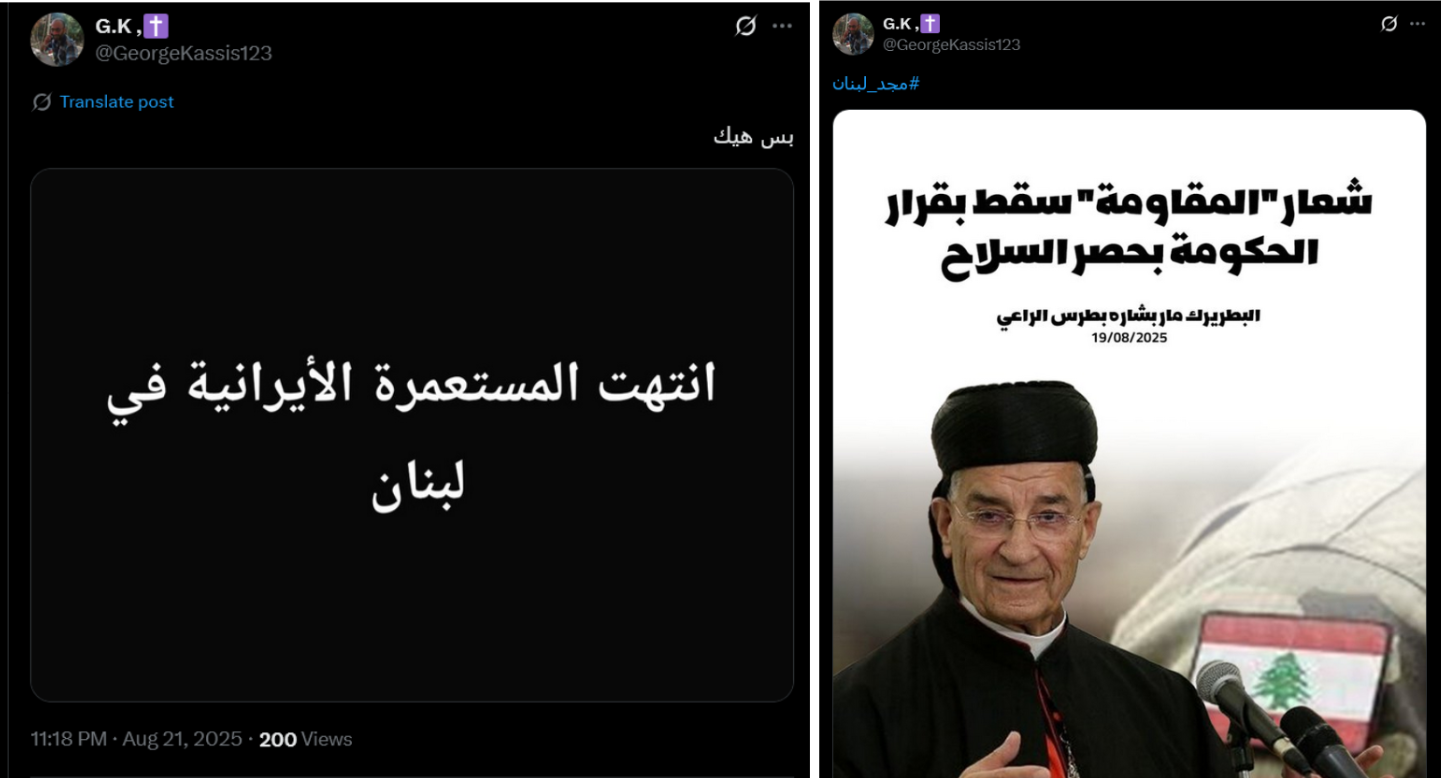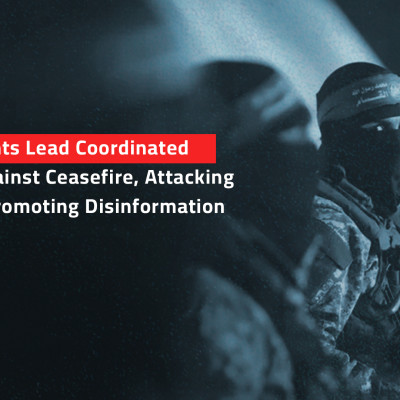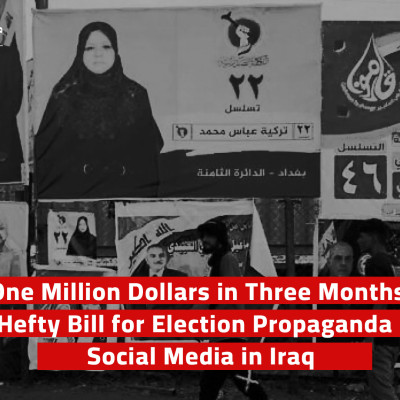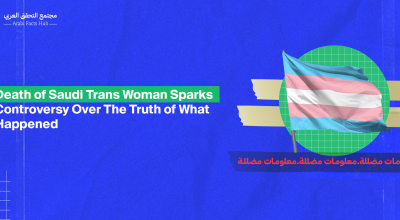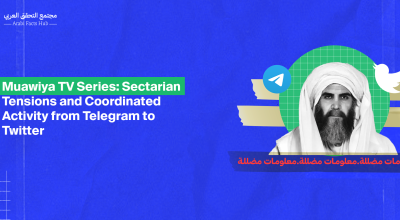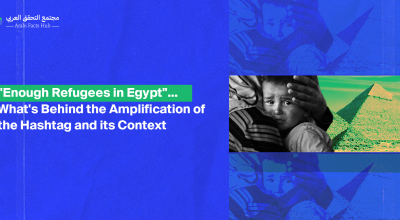The Lebanese Forces Spearhead Coordinated Campaign For the Disarmament of Hezbollah
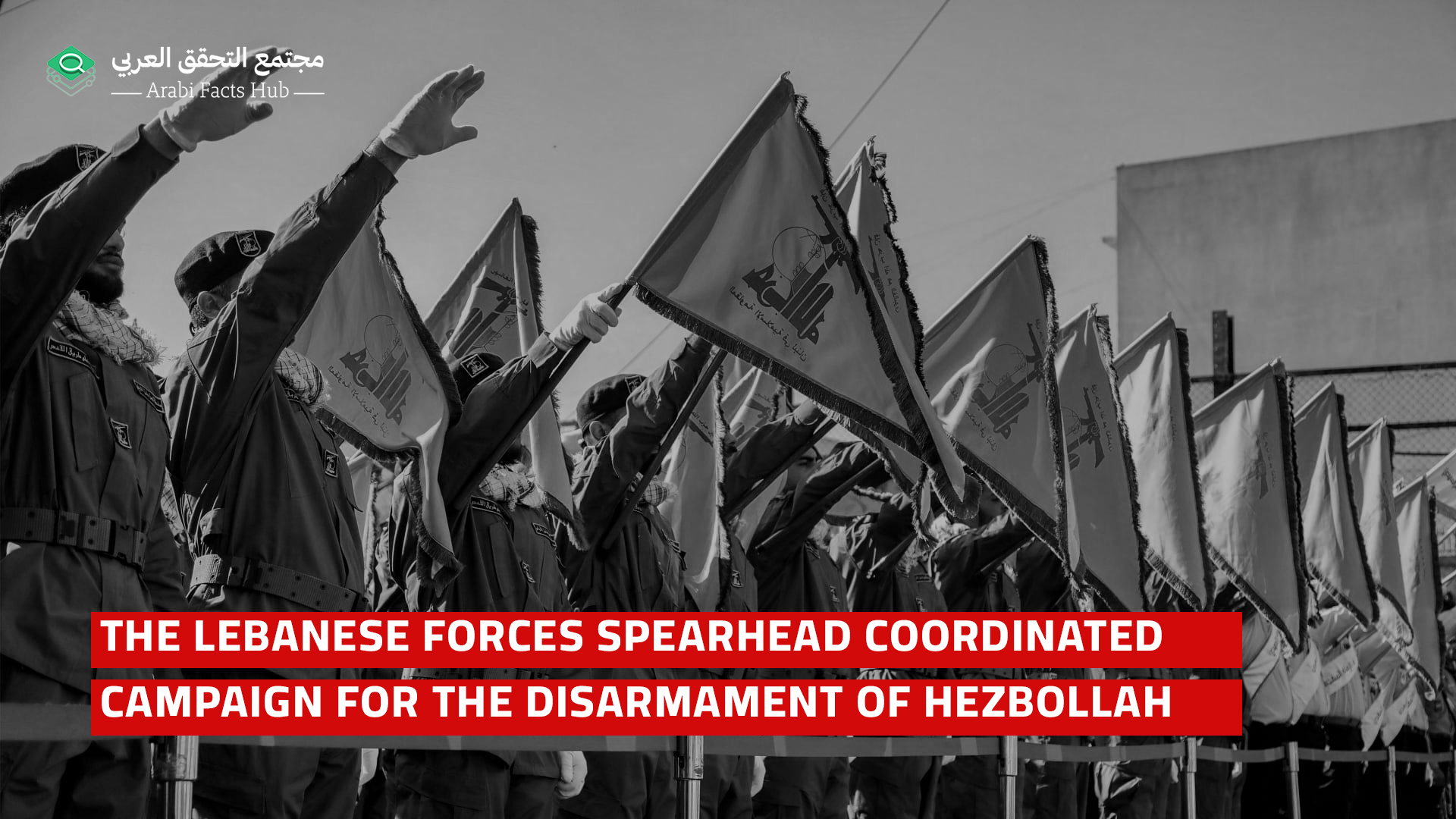
In early August 2025, the Lebanese government announced its decision to place all weapons under state authority. In response, Hezbollah warned of the risk of civil strife, claiming the move specifically targeted its military arsenal. The party’s deputy secretary-general, Naim Qassem, described the decision as “an American and Israeli dictate.”
Following the announcement, the Lebanese Army’s General Command issued a series of statements confirming that weapons were being handed over from Palestinian camps, in coordination with relevant Palestinian authorities.
Amid this political standoff, a hashtag — #تسلم_يا_عسكر_لبنان (Salute The Lebanese Army) — began trending on social media platforms, particularly on X (formerly Twitter). The campaign celebrated the Lebanese Army as the “sole protector of sovereignty,” positioning it against Hezbollah’s rejection of the government’s decision.
An analysis by Arabi Facts Hub found that both official and unofficial accounts affiliated with the Lebanese Forces were behind the promotion of the hashtag. These accounts engaged in coordinated reposting of identical or near-identical phrases, a tactic aimed at amplifying the visibility of the hashtag and steering the narrative in favor of the Lebanese Army.
The First Whistleblower
The hashtag "Salute The Lebanese Army" saw sporadic use on smaller accounts in early August 2025. However, it surged to the top of trending topics after George Kassis reposted it on August 21. This account frequently shares official content from the Lebanese Forces party and its affiliated media platforms, consistently posting material critical of Hezbollah, which it describes as an “Iranian project.”
The hashtag saw a sharp increase of over 440 posts on the same day, followed by 165 posts the next day, before its gradual decline. The speed and volume of this surge point to non-organic amplification, suggesting coordinated efforts were behind its sudden rise in visibility.
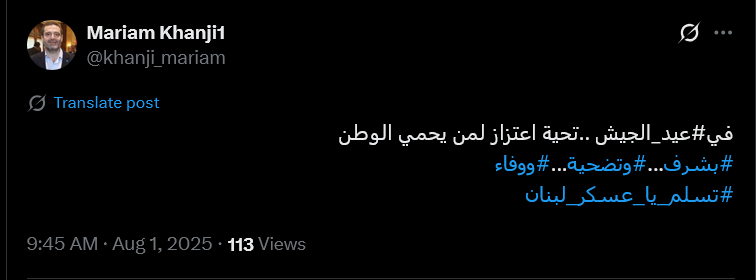
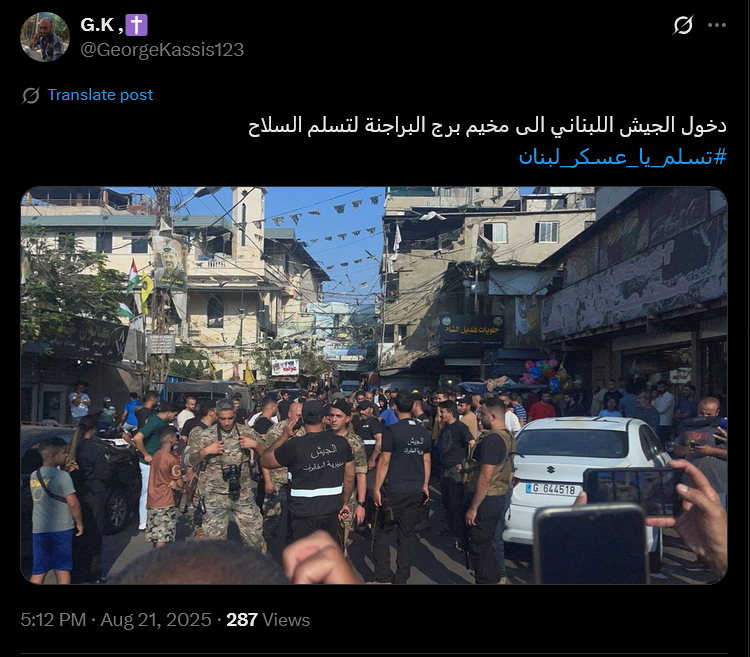
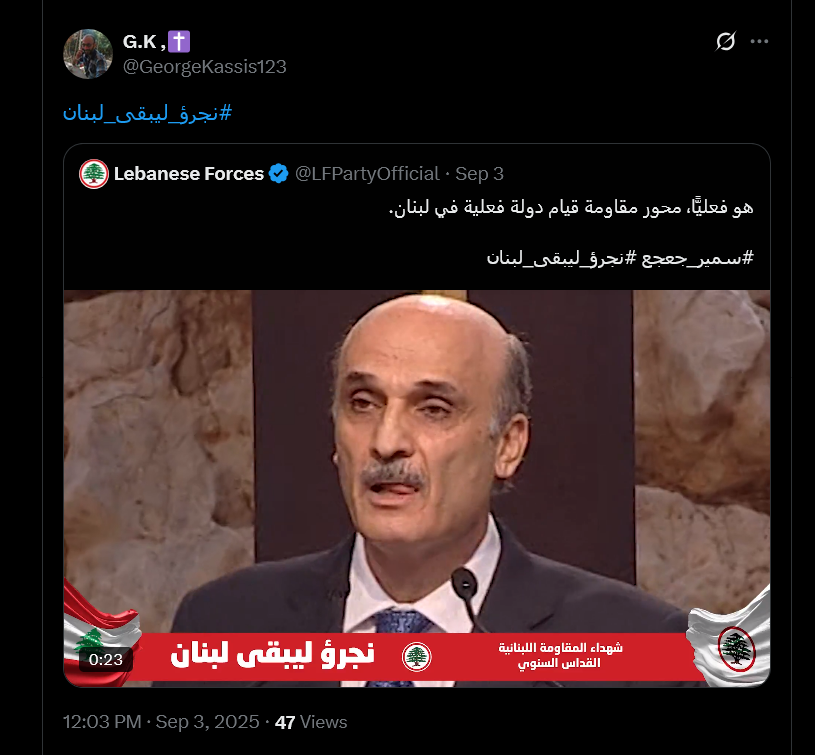
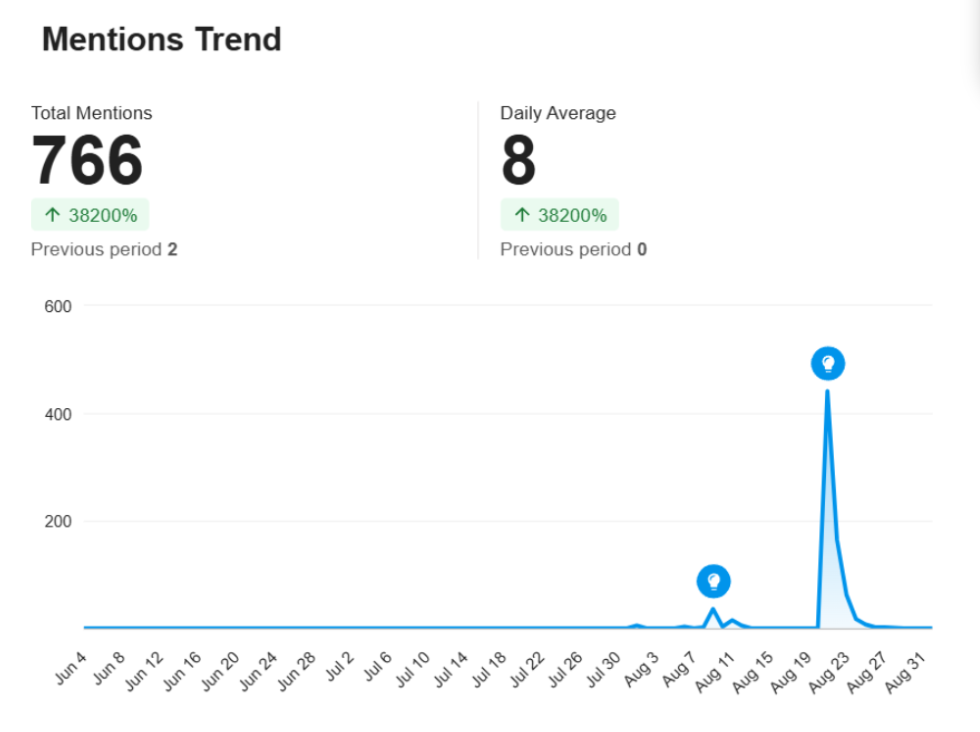
Regarding the geographical distribution of the content, only 32% of the posts originated from accounts with a known geographical location, the majority of which came from Lebanon, followed by Australia, Italy, and the United States.
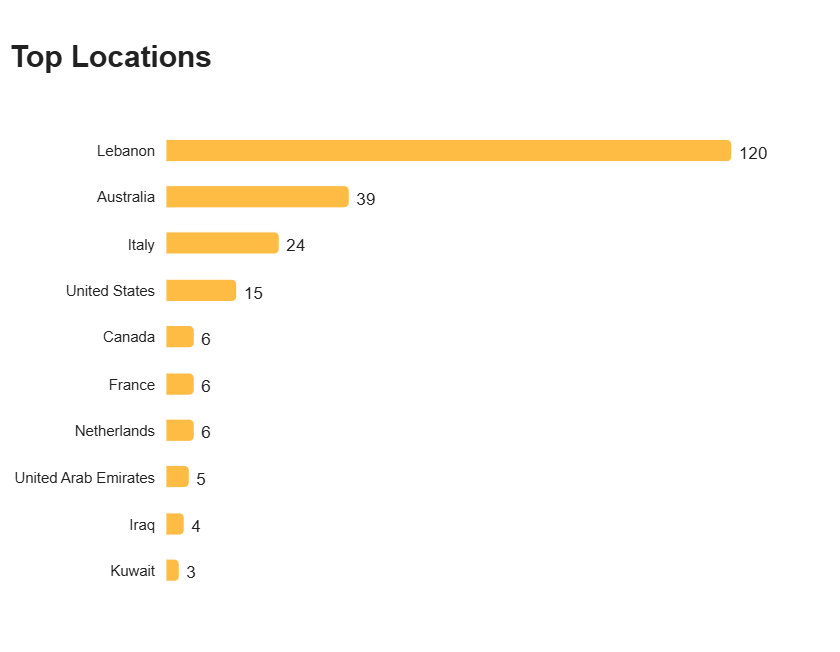
Analysis of publishing patterns revealed that original content did not exceed 15%, while replies and reposts constituted more than four-fifths of the activity.
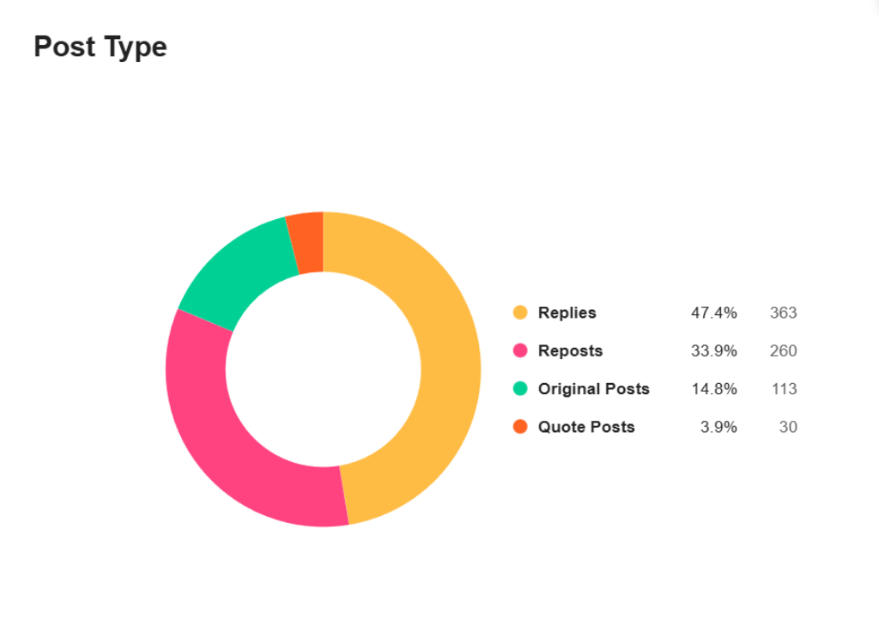
Narrative Analysis
Sentiment analysis indicates that the majority of posts were negative, making up 71% of total posts, while messages of praise and glorification for the army formed a strong positive bloc at 16%. The negative discourse focused on Hezbollah and other armed parties in Lebanon.
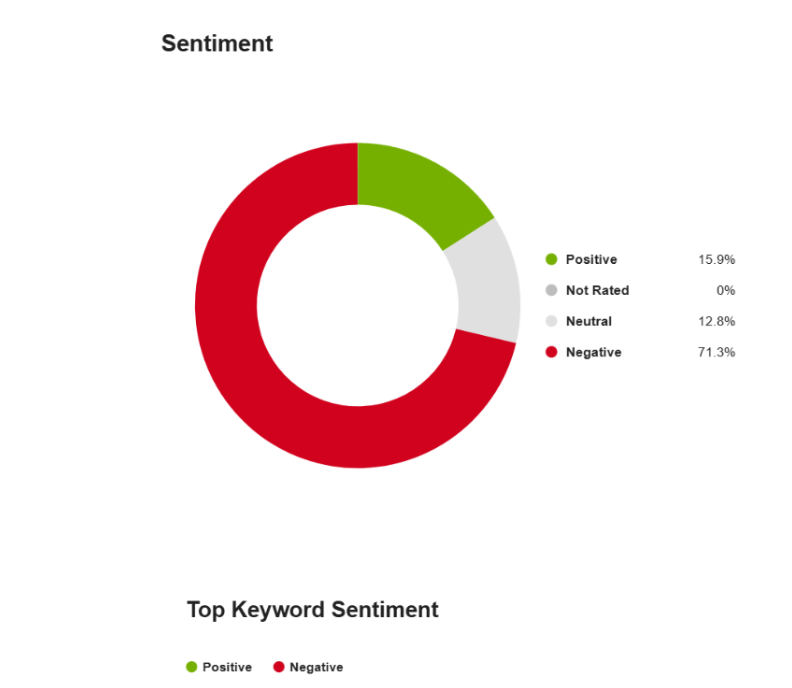
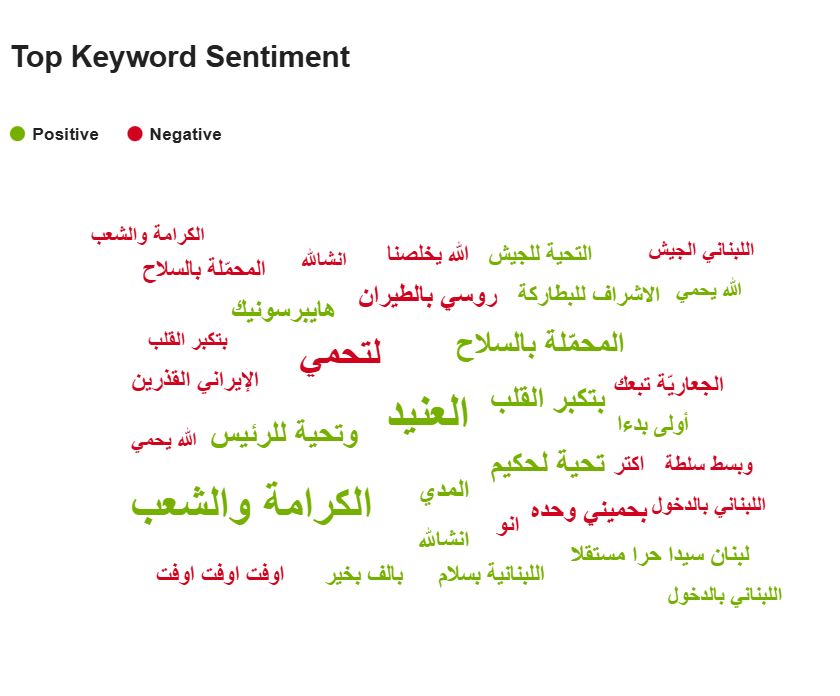
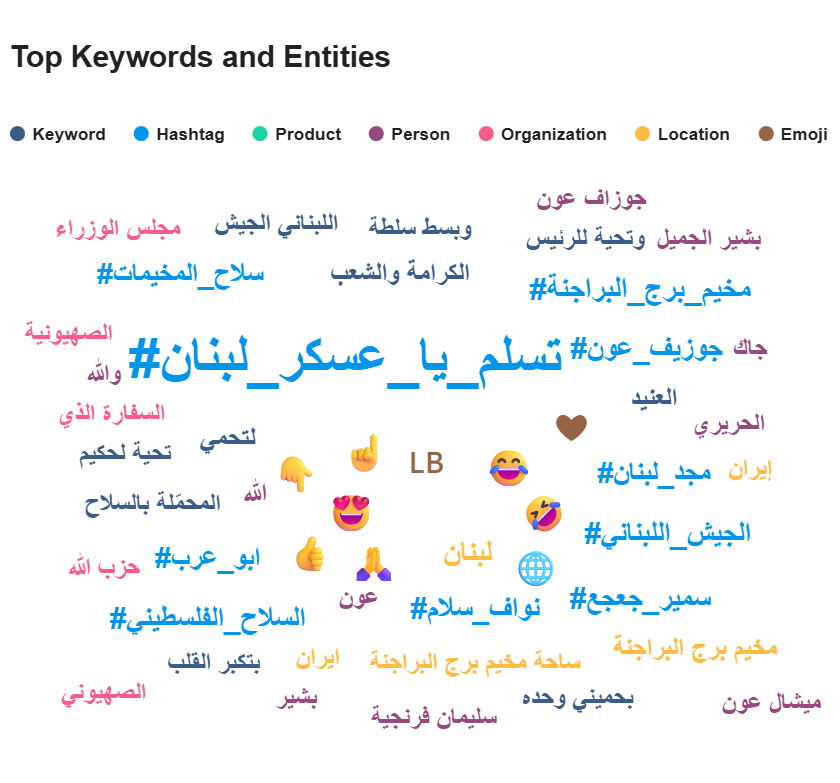
An analysis of the most frequently used words under #تسلم_يا_عسكر_لبنان (Salute the Lebanese Army) reveals that the campaign aimed to attack Palestinian factions, as the hashtag was linked to #السلاح_الفلسطيني (Palestinian Weapons) and #مخيم_برج_البراجنة (Burj al-Barajneh) — a Palestinian refugee camp located in the southern suburbs of Beirut, Lebanon.
The presence of the Lebanese Forces was also evident in the hashtag, as it was associated with another tag bearing the name of the party’s Executive Chief, Samir Geagea. Additionally, many posts under the hashtag expressed support for the Lebanese Army, prioritizing it over other armed factions.
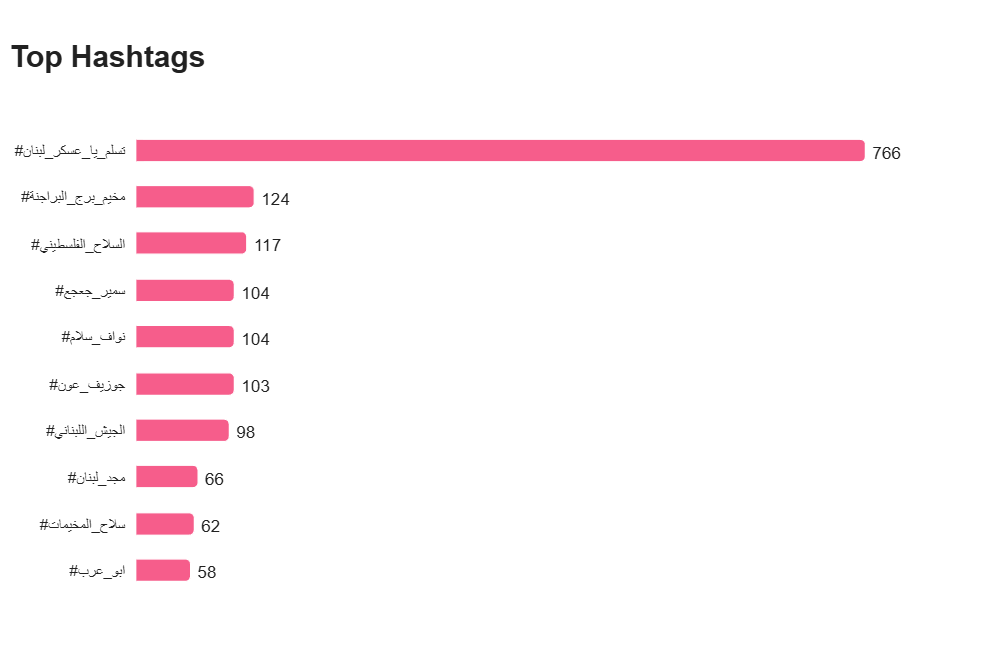

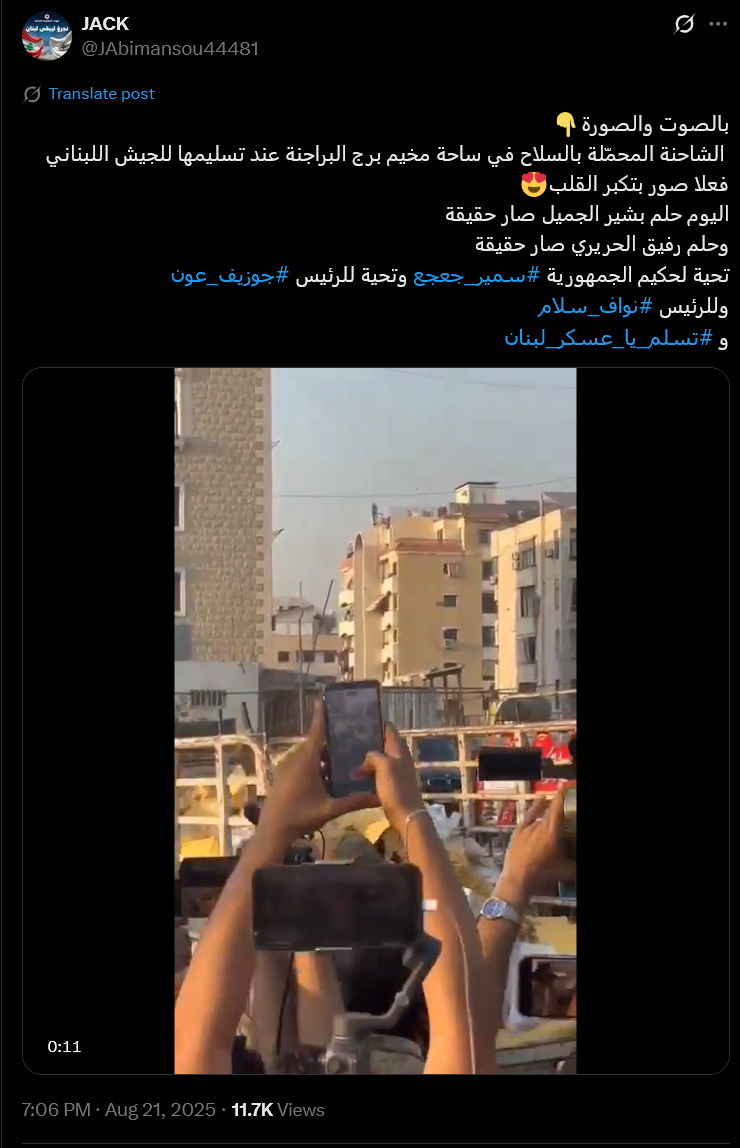
Most Engaged Accounts
Our analysis of 767 posts under the hashtag "#تسلم_يا_عسكر_لبنان" revealed that the account “JACK” garnered approximately 1161 interactions, significantly ahead of the rest of the network, confirming its position as one of the most important publishers and narrative drivers on the hashtag.
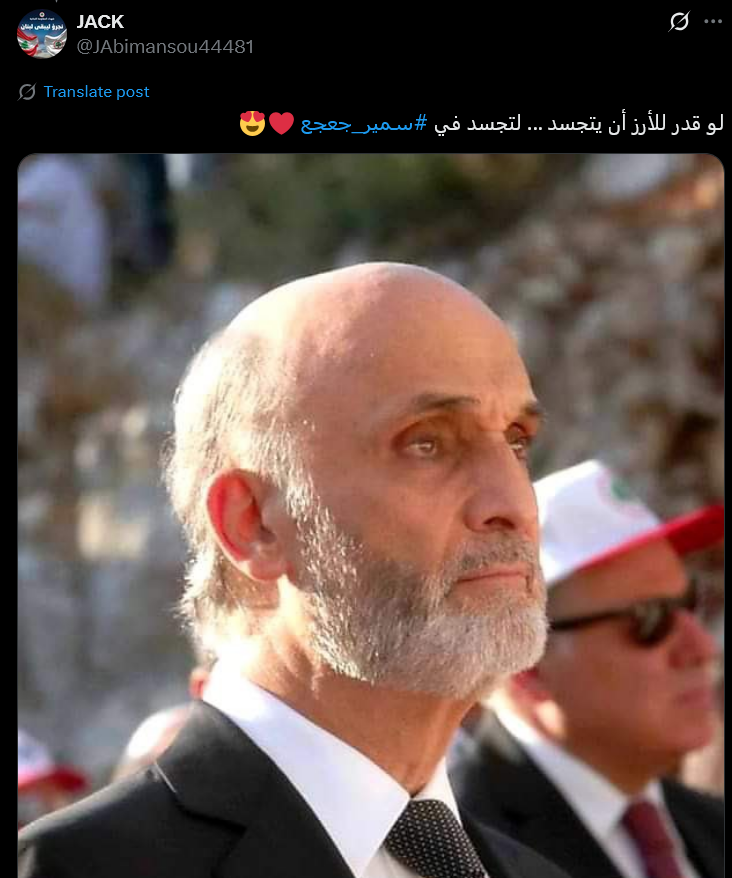
JACK was followed by Maen Khalil with 588 interactions, and Charbel Eid with 551 interactions, both of which were instrumental in crafting the narrative that was subsequently disseminated by fake and semi-automated accounts.
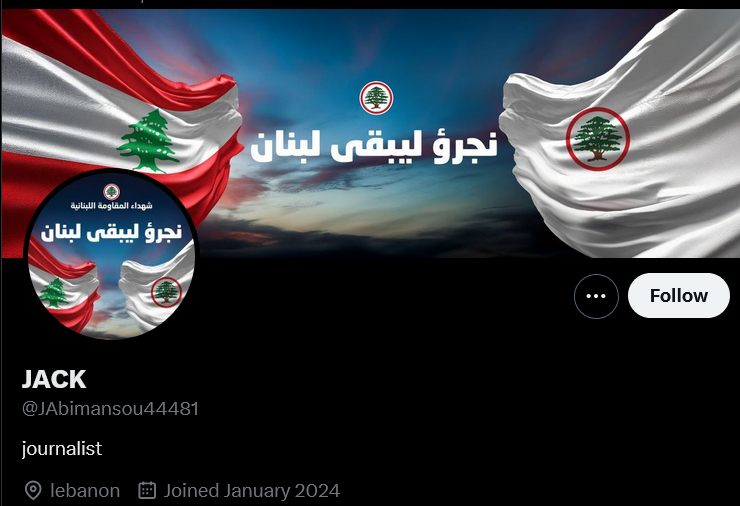
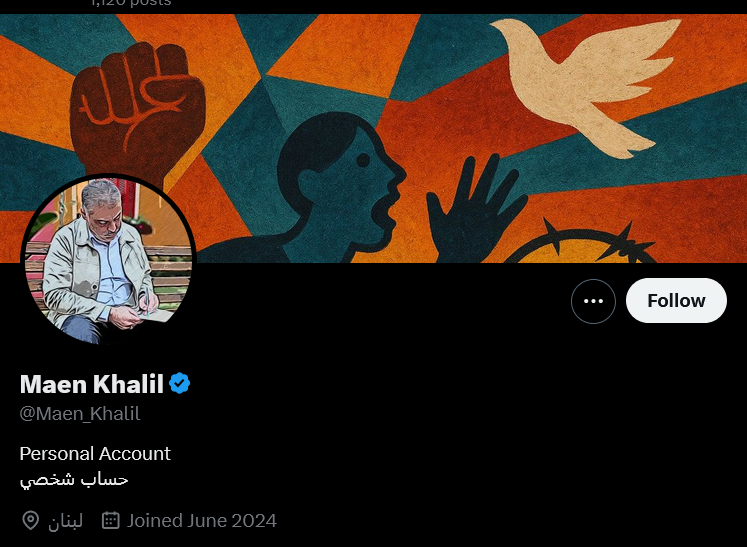
A mix of influential and semi-automated accounts joined the list of the most active participants in the hashtag, including Shahinaz (234 interactions), Laura n (227), Darine Succar (191), and Karen Boustany (187) — the latter being a Lebanese journalist and politician affiliated with the Lebanese Forces.
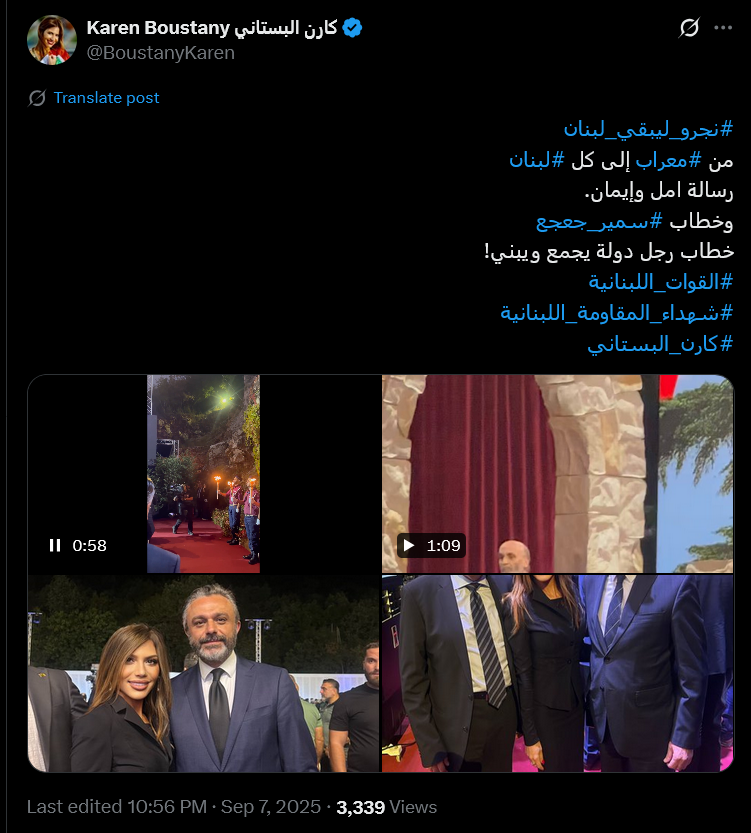
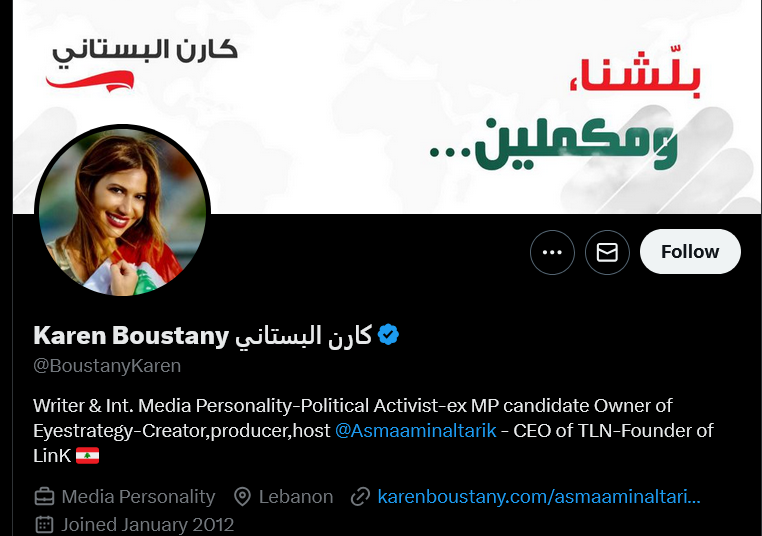
What is striking about this campaign is that it did not rely exclusively on unknown or automated accounts, but also involved well-known figures, from political activists and supporters of Samir Geagea, leader of the Lebanese Forces party, to journalists and public figures, in addition to small accounts that re-echoed and amplified the messages.
Network Analysis
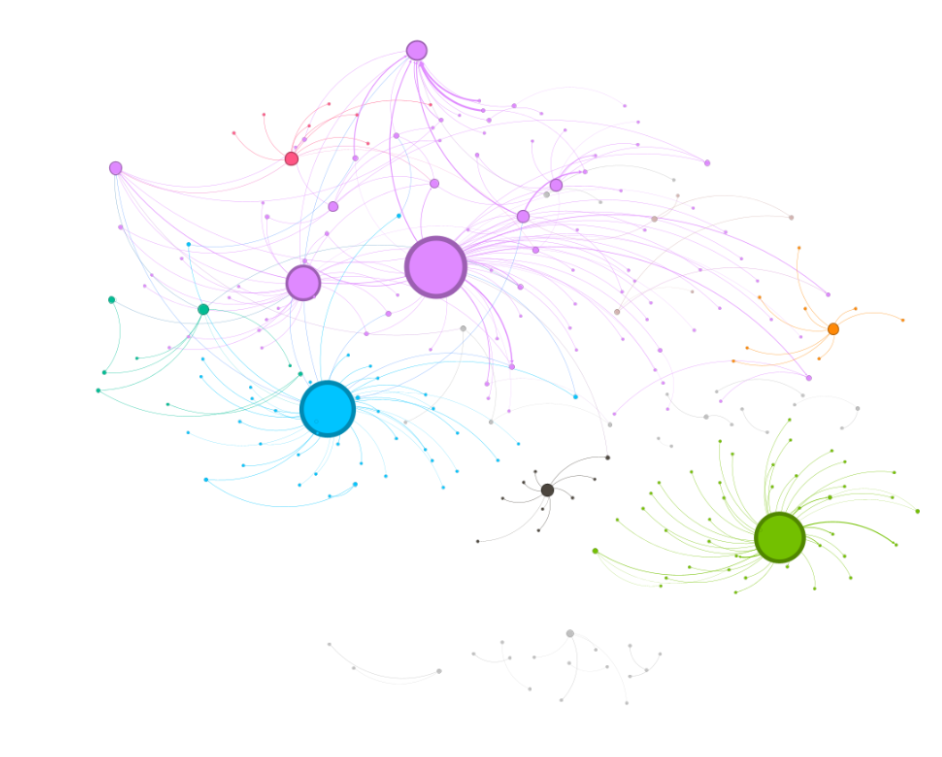
The campaign built around the hashtag #تسلم_يا_عسكر_لبنان (Salute the Lebanese Army) did not emerge in isolation; rather, it was woven through an interconnected network of accounts—some responsible for producing content, others for amplifying it.
To analyze this structure, we examined a sample of 767 posts on “X”, collected using Meltwater. The dataset was cleaned and filtered to focus on the most meaningful interaction links—namely retweets, replies, and direct mentions of the hashtag.
These links were then visualized as a graph, where each account represented a node and each interaction a connecting edge. When the network was analyzed using specialized algorithms such as Louvain, distinct layers and clusters within the network began to emerge.
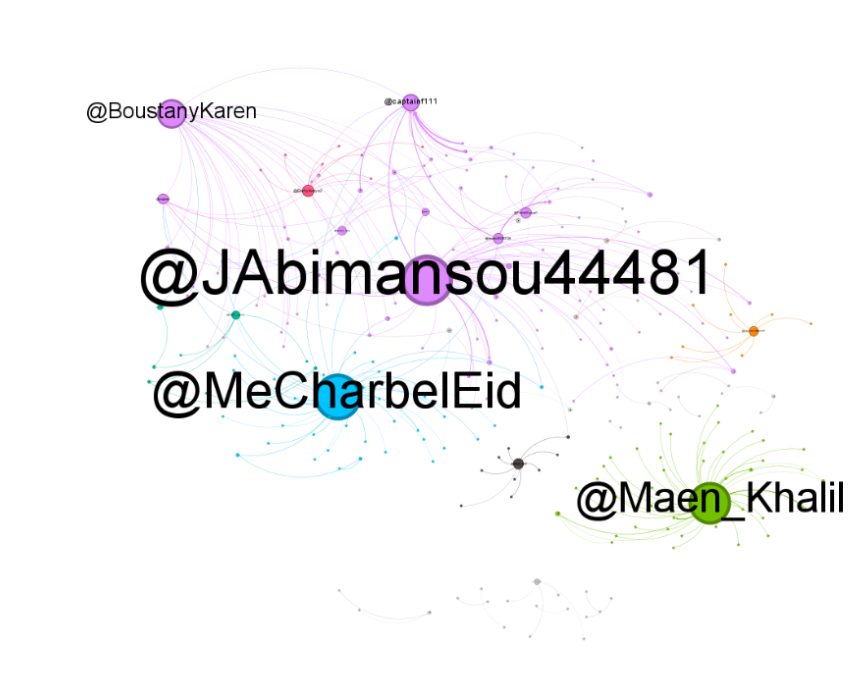
At the center of the network, a small group of accounts stands out—such as Jack, @MeCharbelEid, and @Maen_Khalil—which were among the first to post content framing the campaign’s narrative. These accounts shaped a storyline supportive of the Lebanese Army, critical of Hezbollah, and calling for the disarmament of all factions.
Surrounding these central nodes is a cluster of accounts whose primary function was to amplify the narrative through intensive posting. Analysis of their activity patterns reveals signs of non-human behavior. For instance, @lauran293353136 published 34 posts in a single day, while @captainf111 posted 31 within the same period.
On the periphery of the network, dozens of smaller accounts appeared, typically engaging with only one or two reposts. Their presence contributed to creating the illusion of organic, widespread engagement, even though the network’s structure remained highly centralized and coordinated.
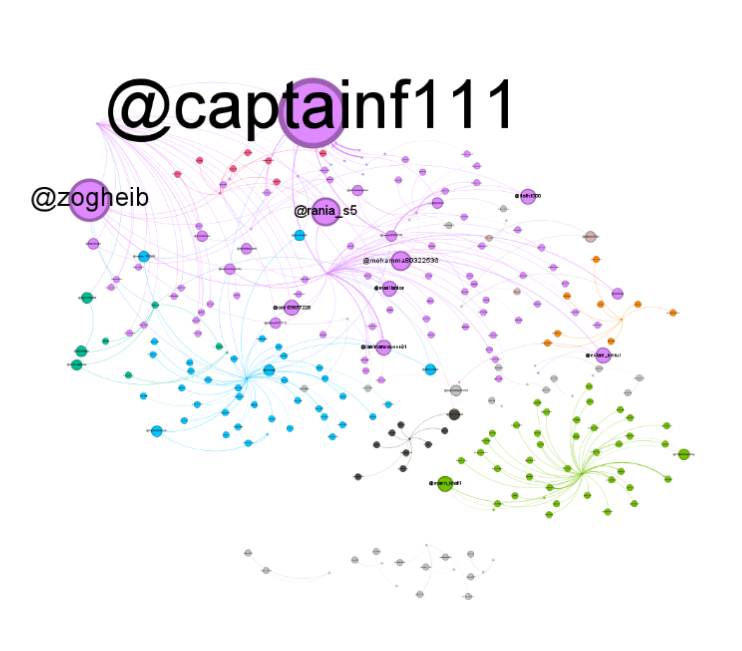
Ideological Reading of Influential Accounts
Our analysis of the accounts driving engagement with the hashtag indicates that the campaign was led by politically aligned users affiliated with the Lebanese Forces party. One of the primary accounts active under the hashtag belonged to Charbel Eid, a senior member of the Lebanese Forces, known for consistently promoting party messaging and attacking its main political opponents.
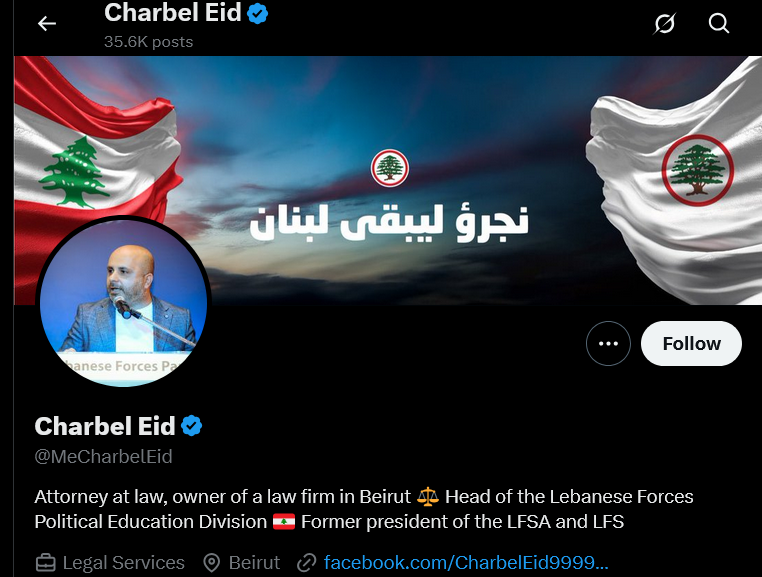
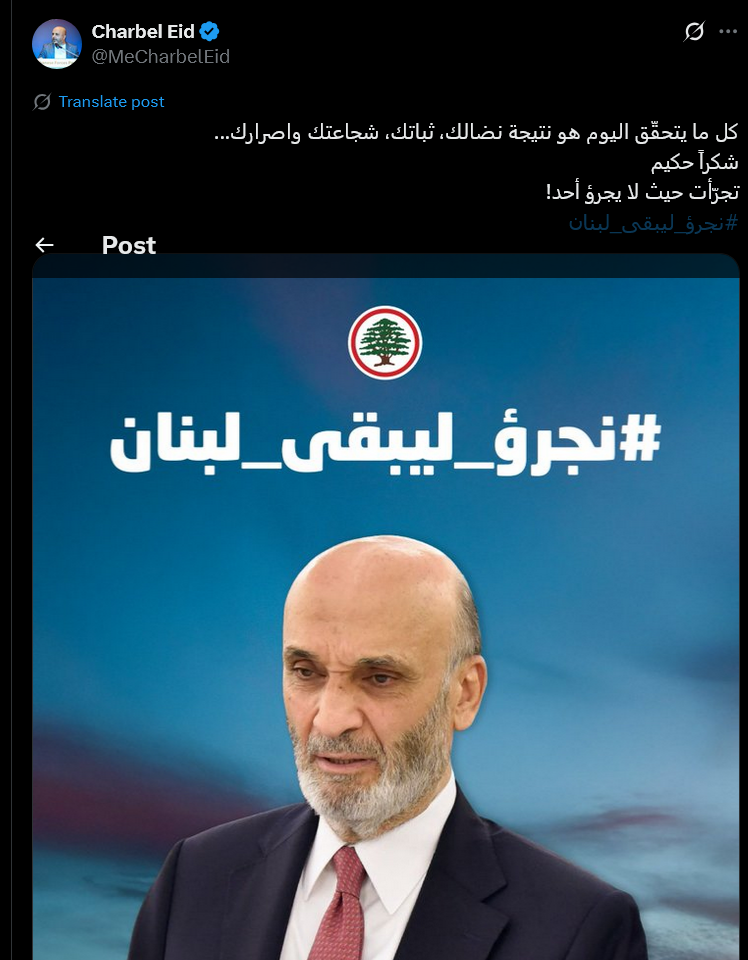
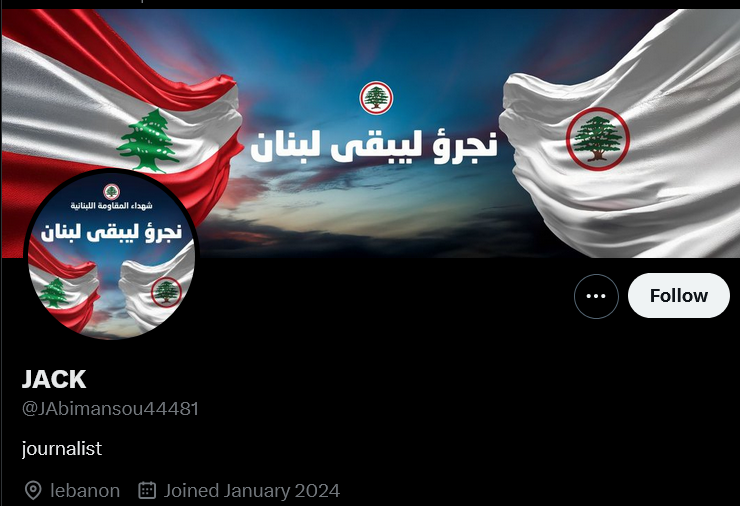
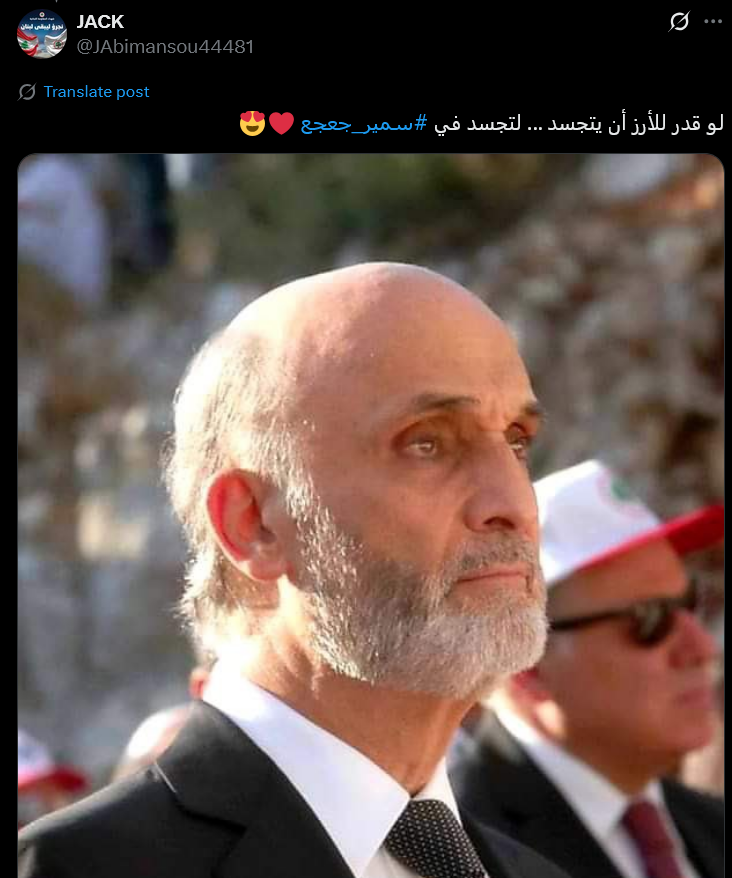
The JACK account (@JAbimansou44481), previously identified as linked to the Lebanese Forces party, was also active. The laura n account (@lauran293353136), whose bio states support for the Lebanese Forces, also intensively reposted on the hashtag.

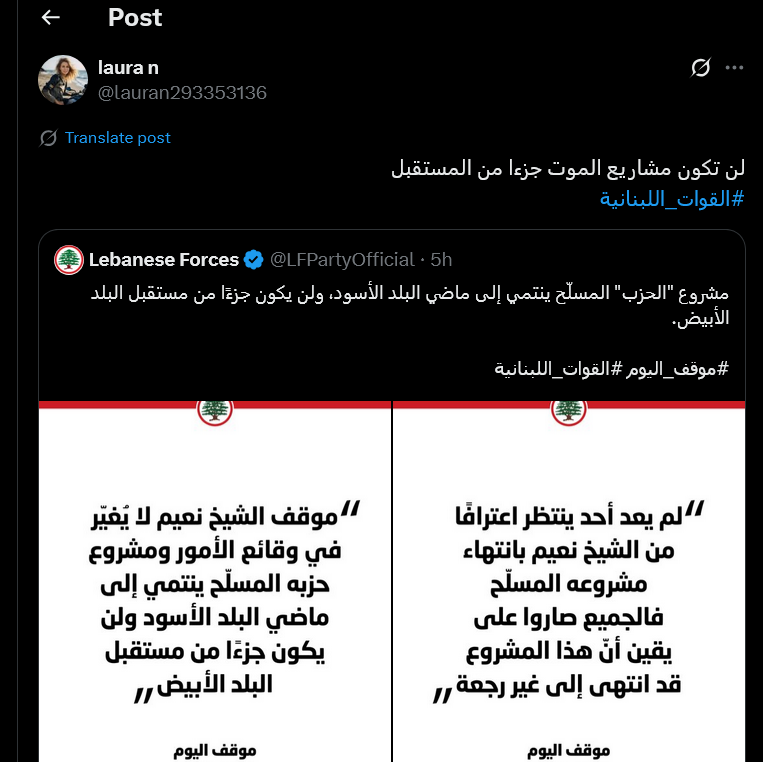
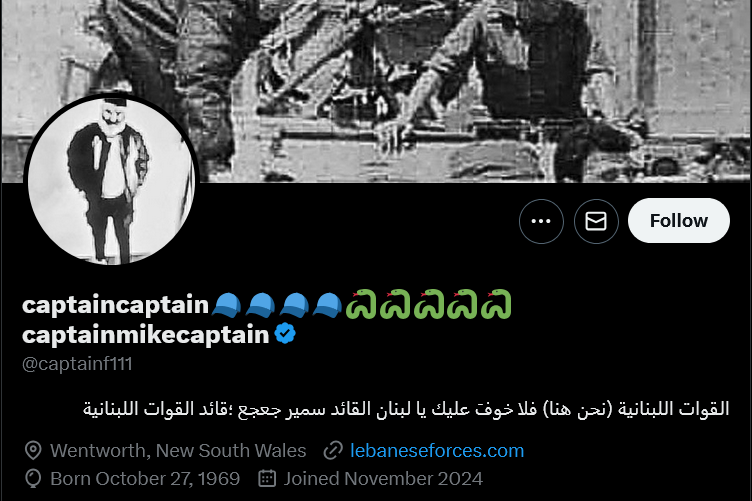
Captain f111 (@captainf111) is another account that amplifies Lebanese Forces-related hashtags. This account also provides no identifying information about its owner.
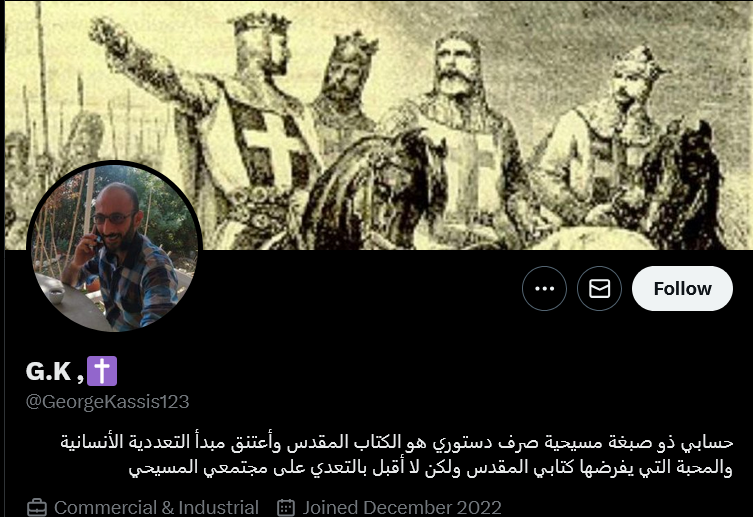
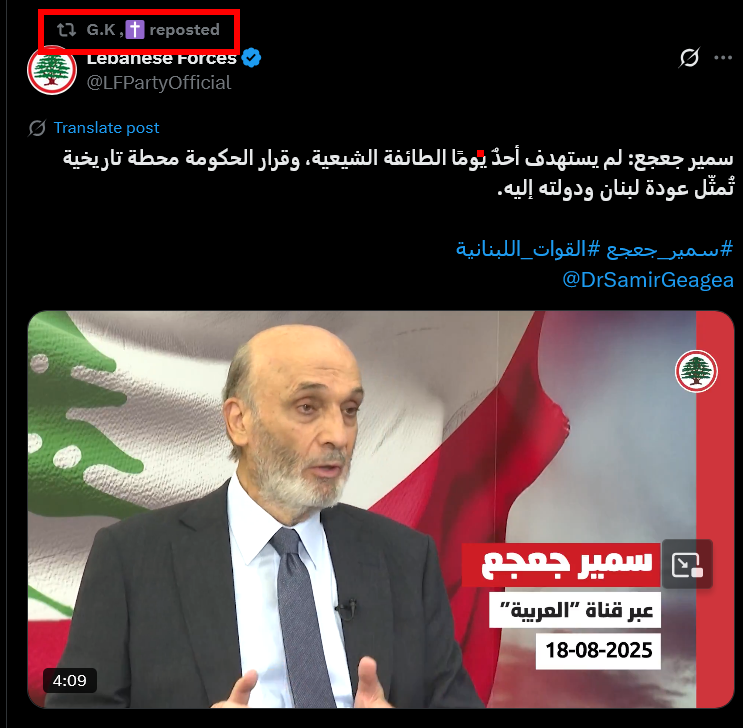
In conclusion, the network of accounts engaging with the hashtag #تسلم_يا_عسكر_لبنان (Salute the Lebanese Army) reveals a centralized structure led by accounts affiliated with the Lebanese Forces party. A small core of accounts drove the narrative, semi-automated accounts amplified it, and a peripheral audience engaged with it. This configuration leaves little doubt that the campaign reflected inauthentic and coordinated behavior—clearly violating X’s platform policies.
